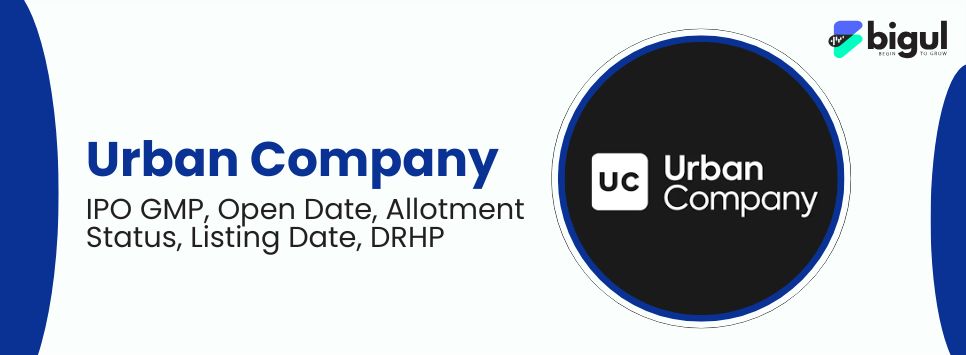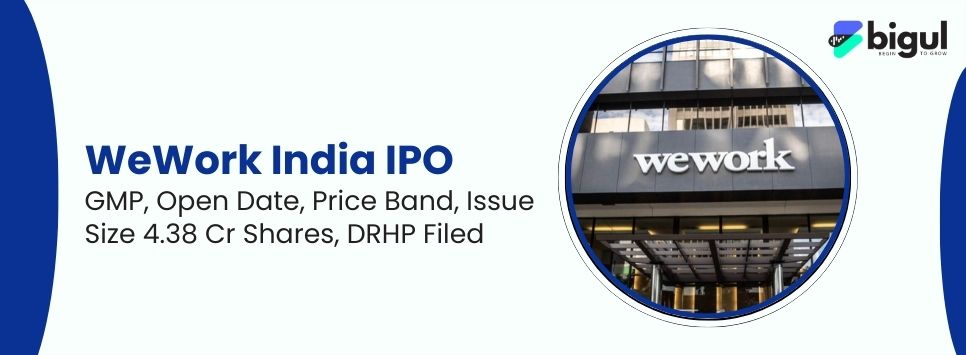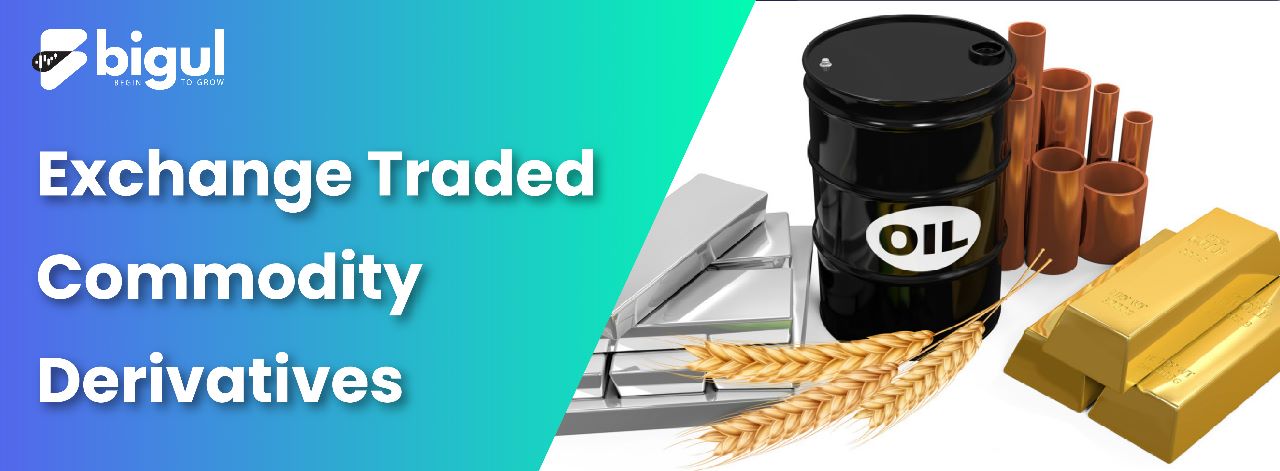Exchange Traded Derivatives (ETDs) are like standardised agreements traded on regulated stock exchanges. These agreements have rules set by the exchange, stating what they’re based on, when they end, how they’re settled, and how much is traded at once.
SEBI makes the rules for trading ETDs. Most ETDs are futures and options. They’re different from private deals since they give clear prices from the market. While they’re easy to buy and sell, they’re less flexible than private deals. This article explains ETDs and their types.
What Are Exchange Traded Derivatives?
Exchange-Traded Derivatives are contracts that are traded on regulated stock exchanges. These contracts are standardised. It means that their terms and conditions are predetermined and set by the exchange.
ETDs have specific features like the underlying asset they’re based on, the expiration date of the contract, the method of settling the contract, and the predetermined lot size.
Futures, options, and other financial instruments can be included in these contracts. ETDs are exchange-traded and transparent, unlike OTC derivatives.
Types of Exchange-Traded Commodity Derivatives
In India, there are several types of exchange-traded commodity derivatives available for trading. These derivatives are standardised contracts based on various commodities, allowing participants to speculate on price movements or hedge against potential risks. Some common types include:
- Futures Contract: These standardised agreements commit traders to buy or sell a specific amount of a commodity at a predetermined price on a set future date. They serve as a safeguard against price fluctuations. This allows participants to secure prices in advance. These contracts are widely used for risk management and speculation, offering a way to hedge against adverse price movements or capitalise on anticipated market shifts.
- Options Contracts: Options Contracts provide traders with the right but not the obligation to buy (call option) or sell (put option) a commodity at a fixed price on or before a specific date. This flexibility enables hedging against price fluctuations or speculating on price movements. Call options are used when expecting a price rise, while put options are for anticipating a price drop. Traders pay a premium for options, limiting potential losses to this premium while allowing unlimited profit potential.
- Index-Based Contracts: Index-Based Contracts involve trading based on a commodity price index rather than a specific commodity. This approach offers diversification across multiple commodities, spreading risks. Traders can speculate on the general performance of a group of commodities instead of focusing on a single one. These contracts provide a broader view of the market. This allows participants to take advantage of overall trends in commodity sectors without being tied to the fluctuations of a single commodity’s supply and demand dynamics.
- Exchange-Traded Notes (ETNs): Thinking about exchange-traded notes as commodity derivatives in India, remember they’re like IOUs from banks. These notes follow how a certain thing (like gold’s price) change. When you trade ETNs, you’re connected to that thing’s price movement. But be careful. ETNs depend on the bank’s promise to pay. So, check if the bank is good at keeping promises. Before you trade ETNs, make sure you know if they’re safe and understand the risks of these bank-related things.
- Commodity Derivatives based on Indices: Commodity derivatives based on indices are contracts tied to a collection of related commodities rather than a single one. These indices reflect price movements across various commodities, offering broader market insights. Trading these derivatives enables exposure to a group of commodities without needing to deal with each individually. It provides diversification benefits and allows participants to speculate on the overall performance of a particular commodity sector rather than focusing on just one commodity.
Features Of Exchange Traded Derivatives
Exchange-Traded Derivatives possess distinctive features that differentiate them from other financial instruments:
- Standardisation: ETDs come with predefined contract specifications, including underlying asset, contract size, expiration date, and settlement method. This uniformity simplifies trading and ensures transparency.
- Regulated Exchanges: ETDs are traded on regulated stock exchanges, ensuring a transparent and secure trading environment. Regulatory oversight promotes fairness and mitigates counterparty risk.
- Liquidity: ETDs typically enjoy higher liquidity due to their standardised nature and exchange trading. This facilitates easy buying and selling, reducing the risk of price manipulation and improving market efficiency.
- Price Transparency: ETDs provide real-time pricing information, enhancing market transparency. Traders can access fair and up-to-date pricing, aiding informed decision-making.
- Margin Requirements: ETDs often require initial margins, serving as collateral to cover potential losses. This allows traders to participate with a fraction of the contract’s total value, amplifying market access but necessitating risk management.
- Risk Management: ETDs serve as valuable tools for hedging against price fluctuations. They allow market participants to manage exposure to price risks associated with commodities, thereby safeguarding their portfolios.
These features collectively contribute to the appeal and functionality of exchange-traded derivatives in various financial and commodity markets.
Risks of Exchange-Traded Commodity Derivatives
Exchange-Traded Commodity Derivatives carry three major inherent risks:
- Price Volatility: Commodities are subject to rapid and unpredictable price fluctuations due to supply-demand imbalances, geopolitical events, weather conditions, and economic factors. These price swings can lead to substantial gains or losses.
- Liquidity Risk: Some derivatives may have low trading volumes, causing challenges when trying to buy or sell at desired prices. This can lead to higher transaction costs and difficulty exiting positions.
- Leverage Risk: Trading on margin enables investors to control larger positions than their initial deposit. While this magnifies potential profits, it also amplifies losses, potentially exceeding the initial investment.
Before trading exchange-traded commodities derivatives, traders and investors should comprehend these dangers, use risk management measures, research, and determine their risk tolerance.
Conclusion
Exchange-traded commodity derivatives serve as vital tools for managing risks and gaining exposure to commodity markets. Through standardised contracts, investors can navigate price fluctuations and diversify portfolios.
The diverse types, including futures, options, and index-based contracts, offer various strategies. However, participants must be aware of associated risks, such as volatility and leverage, while harnessing these instruments for potential gains.








.jpg)
.jpg)
